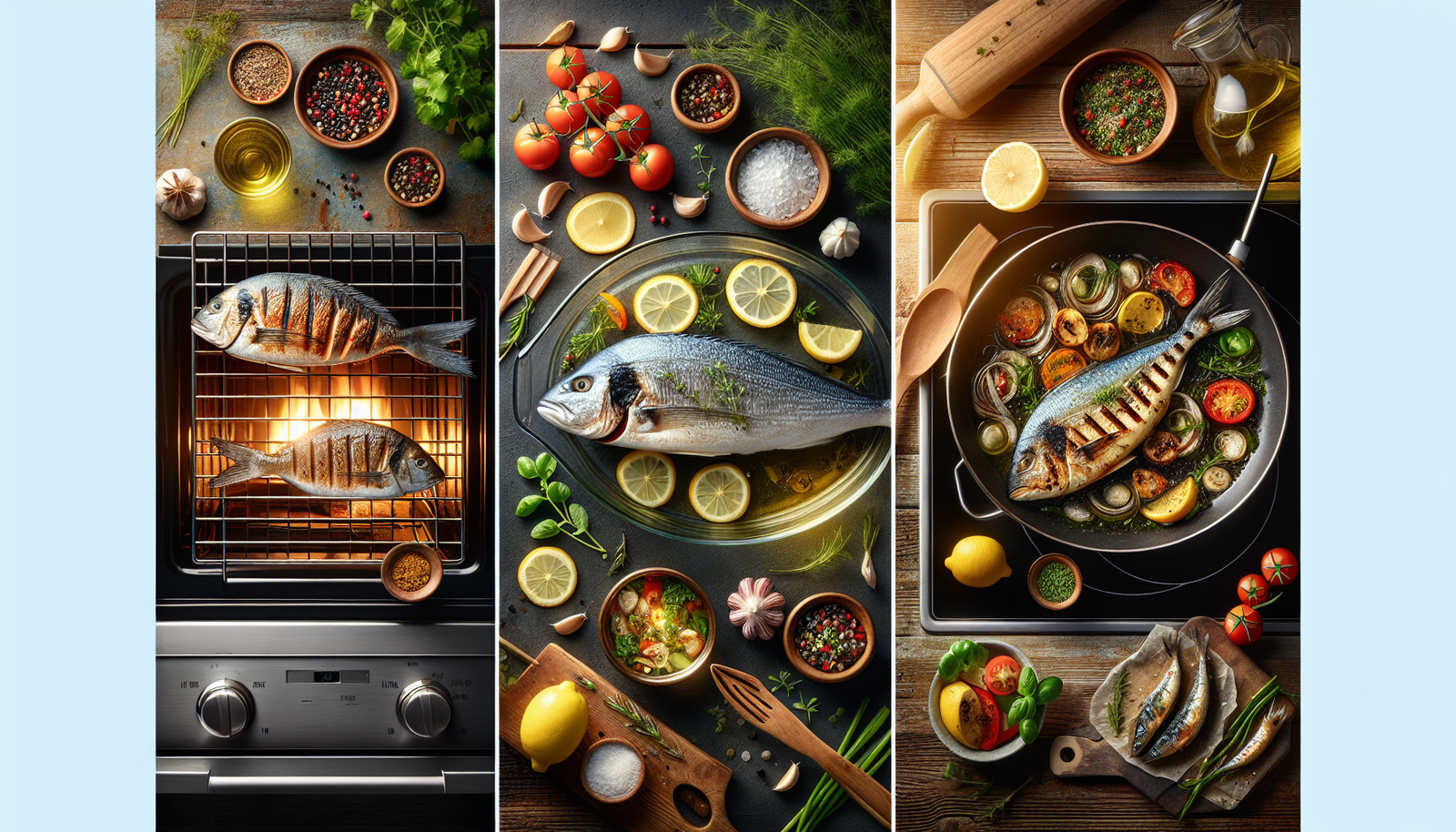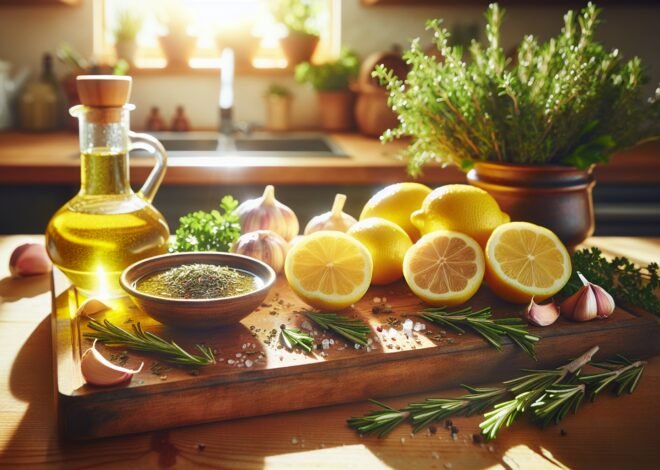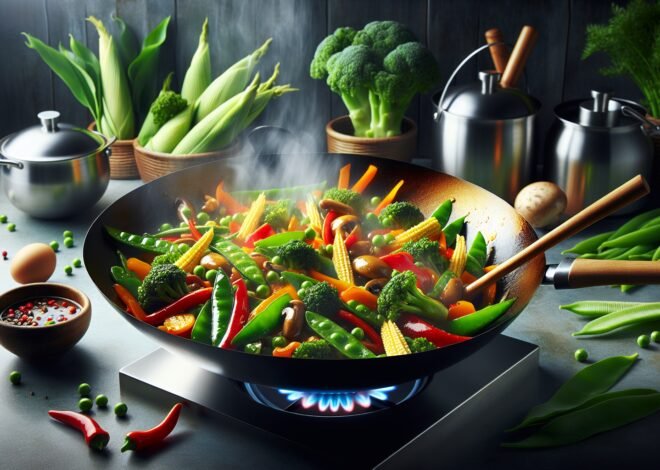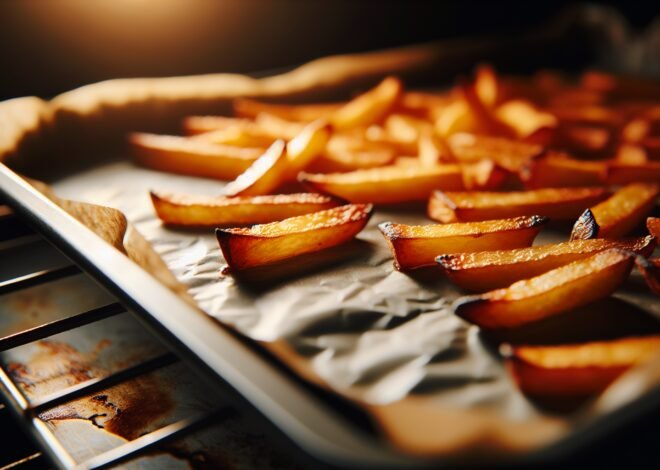
Best Fish Cooking Methods: Grilling, Baking, and Sautéing
The best fish cooking methods, such as grilling, baking, and sautéing, offer delicious ways to enhance the natural flavors of seafood. Did you know that grilling fish can add a rich, smoky taste while keeping it healthy and low in fat? Whether you’re aiming for a crispy exterior through baking or a quick, flavorful sauté, these methods provide versatility to suit any palate. This guide will explore each approach, offering tips and techniques to master cooking fish perfectly. Dive in to discover how to elevate your fish dishes into memorable dining experiences.
Discover the Art of Grilling Fish for Perfect Flavor
Grilling fish is an art that transforms simple catches into mouthwatering dishes. This method enhances natural flavors while adding a smoky touch. Whether you’re a weekend grill enthusiast or a seasoned BBQ master, achieving that perfect fish flavor involves choosing the right fish, mastering grill techniques, and selecting complementary marinades. Dive into the world of grilling fish and discover tips that ensure every bite is bursting with flavor.
Step-by-Step Guide to Grilling Fish on a Gas Grill
Grilling fish on a gas grill can be a rewarding experience. Here’s your guide to achieving grilled perfection:
- Preparation: Begin by preheating your gas grill to medium-high heat. Clean the grates thoroughly to prevent sticking.
- Choosing the Fish: Opt for firm fish like salmon, tuna, or swordfish. These types withstand high heat without falling apart.
- Seasoning: Lightly brush the fish with olive oil to enhance flavor and prevent sticking. Season with salt, pepper, and herbs of your choice.
- Grilling Process:
- Place the fish skin-side down on the grill.
- Close the lid and let it cook for about 4-5 minutes.
- Gently flip using a spatula and grill for another 3-4 minutes until the fish is opaque and flakes easily.
- Finishing Touches: Squeeze a bit of lemon juice over the grilled fish for added zest.
Following these steps ensures your fish is flavorful and perfectly grilled every time.
Best Types of Fish for Grilling Perfectly
Choosing the right fish is crucial for grilling success. Here are some of the top contenders:
- Salmon: Its rich, fatty flesh retains moisture, making it ideal for grilling.
- Tuna: This meaty fish grills beautifully, offering a steak-like texture.
- Swordfish: Known for its firm, dense texture, swordfish holds up well on the grill.
- Halibut: Mild and versatile, halibut takes on the flavors of marinades and seasonings wonderfully.
When selecting fish, look for freshness indicators like clear eyes and a clean scent. Choosing the right fish not only enhances flavor but ensures a delightful grilling experience.
Top Marinades and Seasonings for Grilled Fish
Marinades and seasonings elevate the taste of grilled fish. Here are some top options:
- Lemon Dill Marinade: Combine olive oil, lemon juice, dill, garlic, and salt for a refreshing twist.
- Teriyaki Glaze: Sweet and savory, teriyaki adds depth to grilled fish flavors.
- Cajun Spice Rub: For a bit of heat, mix paprika, cayenne pepper, garlic powder, and thyme.
Experimenting with different marinades allows you to customize your grilled fish to suit any palate. Balance is key—ensure your marinade enhances rather than overpowers the fish’s natural taste.
Master the Techniques of Baking Fish for Beginners
Baking fish is a beginner-friendly method that yields moist and flavorful results. This technique locks in juices and requires minimal effort, making it perfect for home cooks. Understanding the basics of baking fish and avoiding common pitfalls ensures a dish that’s healthy and delicious.
How to Bake Fish in Foil for a Moist Outcome
Baking fish in foil is a foolproof way to achieve tender results. Here’s how to do it:
- Prep the Fish: Choose your fish fillet and season it with salt, pepper, and herbs.
- Foil Wrapping:
- Tear a sheet of aluminum foil large enough to create a pouch.
- Place the fish in the center and add sliced lemons and fresh herbs.
- Fold the foil over the fish, crimping the edges to seal.
- Baking Process:
- Preheat your oven to 375°F (190°C).
- Place the foil pouch on a baking sheet and bake for 12-15 minutes, depending on the thickness.
- Check for Doneness: The fish is done when it flakes easily with a fork.
Foil baking keeps fish moist and flavorful by trapping steam and juices inside.
Exploring the Health Benefits of Baked Fish Dishes
Baked fish is a nutritious option for health-conscious individuals. Here’s why:
- Low in Calories: Baking uses minimal oil, keeping calorie counts low while providing filling protein.
- Heart-Healthy: Rich in omega-3 fatty acids, baked fish supports cardiovascular health.
- Nutrient-Rich: Fish is packed with essential vitamins and minerals, promoting overall well-being.
Incorporating baked fish into your diet offers a delicious way to enjoy health benefits while savoring a tasty meal.
Common Mistakes to Avoid When Baking Fish
Baking fish might seem simple, but common mistakes can affect the outcome. Here are pitfalls to avoid:
- Overcooking: Fish cooks quickly, so keep an eye on cooking times to prevent dryness.
- Underseasoning: Proper seasoning is essential. Don’t be afraid to use herbs and spices.
- Crowding the Pan: Give fish space on the baking sheet to ensure even cooking.
Understanding these mistakes helps improve your baking skills, leading to perfectly cooked fish every time.
Sautéing Fish: The Ultimate Guide for Delicious Results
Sautéing is a quick method that enhances the natural flavors of fish. This technique involves cooking fish in a hot pan with a small amount of oil or butter, creating a delightful crust. With the right techniques and ingredients, sautéing can yield a meal that’s both tasty and satisfying.
How to Properly Sauté Fish in a Skillet
Sautéing fish requires precision and attention to detail. Here’s a guide to mastering the skillet:
- Choose the Right Fish: Opt for thin fillets of white fish like sole or tilapia.
- Prepare the Skillet: Heat a non-stick skillet over medium-high heat. Add oil until shimmering.
- Cook the Fish:
- Pat fish fillets dry and season with salt and pepper.
- Place the fish in the skillet, skin-side down.
- Cook for 2-3 minutes until the edges turn golden.
- Flip and cook for another 2 minutes until opaque.
- Finishing Steps: Add a splash of lemon juice or white wine for added flavor.
Sautéing quickly locks in moisture and flavors, ensuring a delightful and easy meal.
Best Cooking Oils for Sautéing Fish Safely
Choosing the right oil is crucial for sautéing fish. Here are the best options:
- Olive Oil: Offers a mild flavor and high smoke point, perfect for light sautéing.
- Canola Oil: Neutral in taste, it’s ideal for high-heat cooking.
- Grapeseed Oil: Provides a clean flavor with a high smoke point.
Selecting the appropriate oil enhances the fish’s natural taste while ensuring safe and efficient cooking.
Simple Sautéed Fish Recipes for Quick Meals
Sautéed fish recipes can be quick and delicious. Here are a few ideas:
- Lemon Butter Fish: Sauté fish in butter and finish with lemon juice and parsley.
- Garlic Herb Fillets: Cook fish with garlic, thyme, and a pinch of rosemary.
- Spicy Sauté: Add a dash of cayenne pepper for a kick, paired with lime for zest.
These recipes offer a variety of flavors and are perfect for weeknight dinners.
Conclusion
Grilling fish imparts a smoky flavor and is ideal for firm, thick fillets. Baking is a versatile method that ensures even cooking and retains moisture, especially for delicate fish. Pan-searing creates a crispy exterior while keeping the interior tender, suitable for smaller fish. Poaching is best for preserving flavor and moisture without adding fat, often using a broth or wine. Steaming is a healthful option that highlights the fish’s natural flavors, requiring minimal seasoning.
FAQ
What are the healthiest methods for cooking fish at home?
Healthy fish cooking methods include steaming, poaching, and baking. These techniques use minimal oil and preserve the fish’s natural nutrients. Steaming keeps moisture locked in, poaching infuses subtle flavors, and baking allows for herbs and spices to enhance the taste without extra fat.
How does grilling compare to baking when preparing fish dishes?
Grilling imparts a smoky flavor and gives the fish a crisp exterior, ideal for robust varieties. Baking, on the other hand, is gentler and helps retain moisture, making it suitable for delicate fish. Both methods are healthy but offer different textures and flavors depending on the fish type.
Which fish cooking techniques preserve the most nutrients?
Steaming and poaching are top choices for nutrient retention. These techniques cook fish at lower temperatures, reducing nutrient loss. Using little to no oil, they ensure the fish’s vitamins and minerals remain intact.
Is steaming fish better than frying for retaining flavor and texture?
Steaming retains the fish’s natural flavor and keeps it tender. Frying can add a crispy texture but may overpower the fish’s flavor with oil and batter. For a balance of taste and health, steaming offers a clean and pure taste experience.
What are the best fish marinades and seasonings for different cooking methods?
Lemon, herbs, and garlic work well for baking, enhancing the fish’s natural flavors. For grilling, try a soy sauce-based marinade with ginger and honey. Steaming pairs beautifully with light citrus and dill, while frying benefits from bold spices like paprika and cayenne.
How can I ensure my fish is cooked perfectly using different techniques?
Use a meat thermometer to check the internal temperature, aiming for 145°F (63°C). For visual cues, fish should flake easily but not fall apart. Timing varies by thickness: generally, bake for 10 minutes per inch of thickness, grill for 4-5 minutes per side, and steam for 6-8 minutes.











